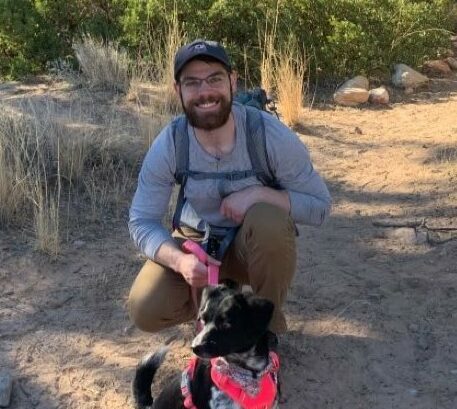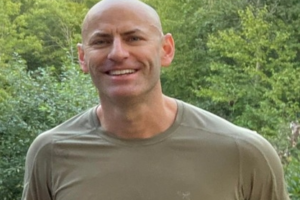I had my first deep vein thrombosis when I was 18. I was training for the military and was very active, doing lots of weightlifting and running.
One day, I had extreme pain and swelling in my groin and right leg. Even with those symptoms, I was stubborn and waited four days before getting it checked out.
A large DVT was discovered in my leg, and thankfully they were able to put in a stent. I spent seven days in the ICU being treated and recovering.
I was diagnosed with factor V Leiden heterozygous and webbed veins, and these conditions likely caused the DVT. My recovery was tough. I could barely walk without needing a break from the pain. In addition to that, I struggled immensely with what I found out later was depression and anxiety. I had several panic attacks from the thought of having another DVT and struggled with not being as active as I once was.
After six months, I was able to start being active. I began at the complete bottom, walking laps in my apartment complex and lifting light weights. I also was able to start mentally recovering from the DVT and coping with how much my life would need to change. I had to stop contact sports and some other things I enjoyed.
I did have a reoccurrence after about a year when I was taken off thinners, but was immediately placed back on thinners for life.
Over the next 10 years, I was able to recover most of my physicality and have been mentally processing the event.
Putting my health first has helped a lot. I lift weights to deal with my issues as well as hike on a regular basis. I have also done therapy sessions.
In terms of family history, I’ve learned my sisters have factor V Leiden and that my grandpa may have died from complications related to blood clots.
My advice to others is to make your health a priority and be diligent about following up on it. Also, do not be afraid to talk to someone if you need to.
Resources
Psychological Impact of Blood Clots
Living Your Best Life on Blood Thinners
Interventional Therapies for DVT




